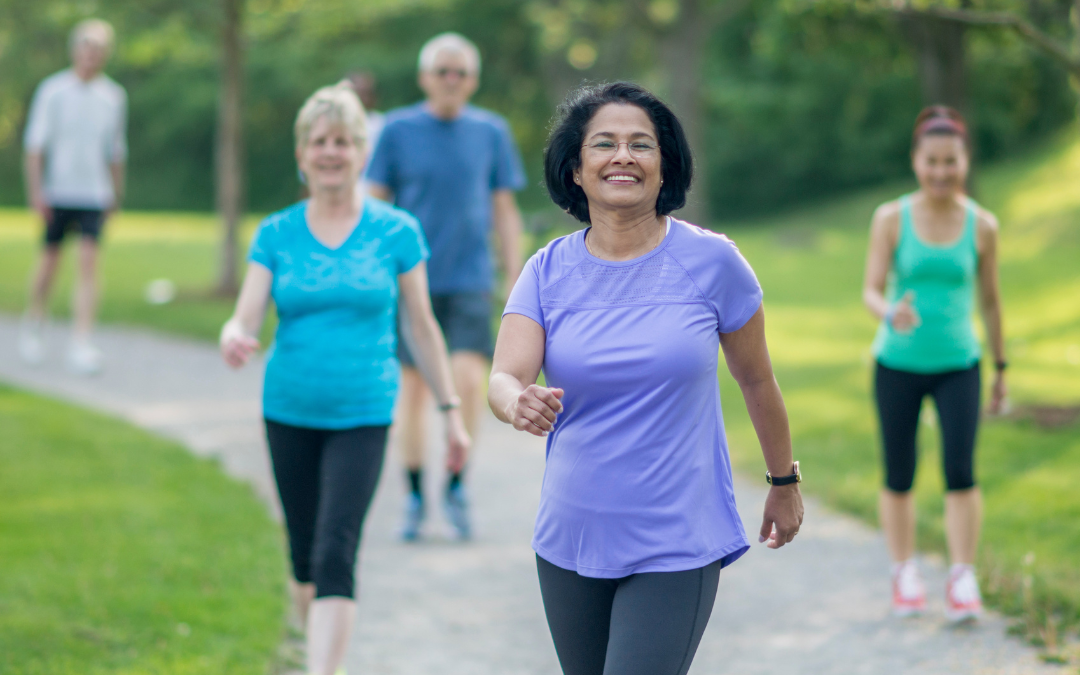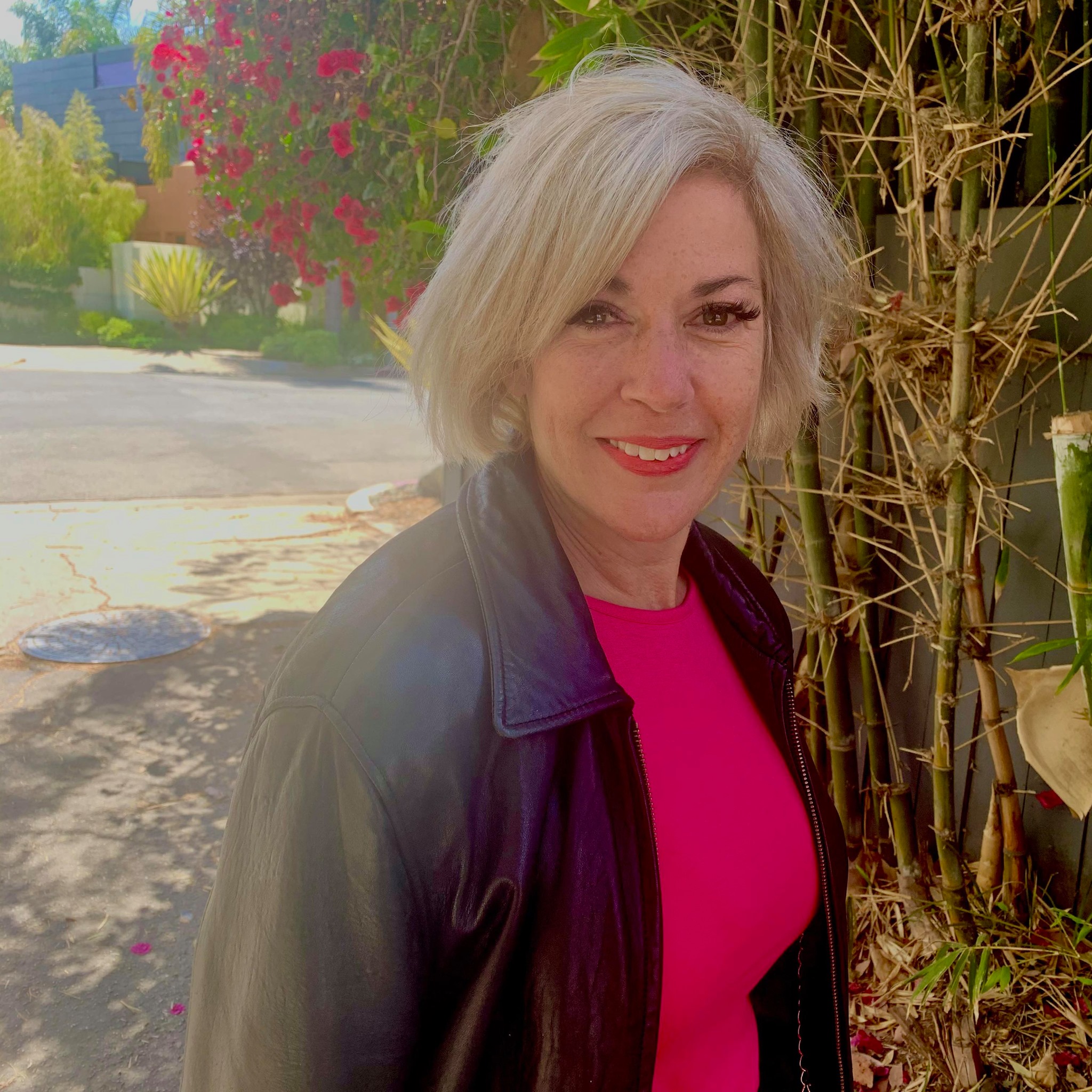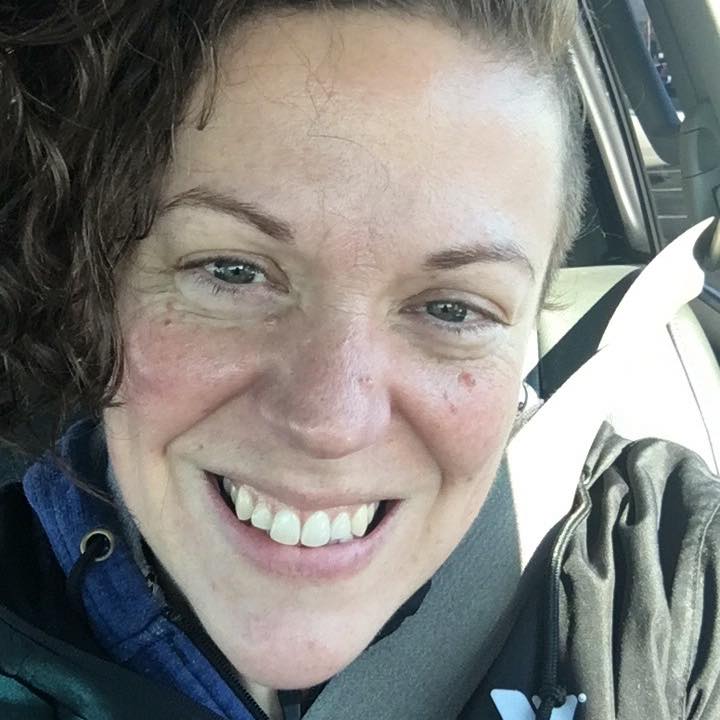
by Guest | Feb 1, 2023 | Recipes
Prep Time: 10 minutes
Cook Time: 20 minutes
Ingredients
- 2 cans (15 ounces each) pinto beans, drained and rinsed
- 1 cup salsa
- 1 ½ cups corn (fresh or frozen, or a 15-ounce can, drained and rinsed)
- ½ cup chopped mild green chiles (4-ounce can)
- ½ teaspoon garlic powder or 2 cloves garlic, finely chopped
- 1 ½ cups shredded cheese
- 8 whole wheat flour tortillas (10-inches) or 12 corn tortillas (6-inches)
- 1 can (15 ounces) enchilada sauce
Directions
- Wash hands with soap and water.
- Preheat oven to 350 degrees. Lightly oil or spray a 9 x 13-inch baking dish.
- Mix beans, salsa, corn, chiles, garlic and half of the cheese together in a bowl.
- Warm each tortilla in a dry skillet and stack them on a plate.
- Spoon about 1/2 cup of the bean mixture onto each tortilla.
- Roll the tortilla and place seam-side down in the baking dish.
- Pour enchilada sauce over the tortillas and sprinkle with remaining cheese.
- Bake for 15-20 minutes, or until hot.
- Refrigerate leftovers within 2 hours.
Notes:
- Substitute black beans or kidney beans for the pinto beans.
- Cook your own dry beans. One can (15 ounces) is about 1 1/2 to 1 3/4 cups drained beans.
- Try substituting cooked chicken or turkey for beans.
- Topping ideas: hot sauce, avocado, black olives, green onion, lettuce, radishes, or low-fat plain yogurt or sour cream.
Recipe and Photo Source: https://www.foodhero.org/recipes/easy-cheesy-enchiladas

by Guest | Jan 25, 2023 | Being Well
Taking the first step is often the most difficult part of starting any new journey. For those of us living with prediabetes, it is also a critical decision that may protect us from the emotional, medical, and financial challenges of developing type 2 diabetes. The National Diabetes Prevention Program (NDPP) offered by lifestyle coaches here at the Tillamook Family YMCA is a free program designed to provide the health education and group support for lasting lifestyle changes that can help reverse prediabetes.
Earlier this month, Kelly Benson and Shannon Ayers from the YMCA spoke on KTIL’s Tillamook Today about the next cohort of the NDPP program starting up in February. Kelly has been leading NDPP since 2018 and always looks forward to providing the support and space for folks to identify and work toward their individual goals. The NDPP class covers topics around nutrition and exercise, but its main focus is to help individuals find ideas and routines that work best for them. One of the biggest benefits of the NDPP class is the group support and knowing that there are others going through the same process and facing similar challenges. Kelly pointed out that although the class eventually drops to every other week attendance, participants often want to continue meeting weekly because the group connections and accountability are helpful motivators.
For Shannon Ayers, the idea that the NDPP class can be life-changing is an experience she understands personally. Although she currently works as a fitness instructor at the Y and recently received her personal trainer certification, this is a drastic shift from her life a few years ago: “When covid hit, I was at rock bottom with my health. I was close to 300 pounds, and I suffered from a lot of sciatic back pain and the last blood work I had with my doctor showed I was in the prediabetes range, very close to being diabetic. There’s a very strong genetic component in my family and I knew I was in big trouble.”
She started with a flexibility class that helped ease her back pain and open the door for more movement. As COVID-19 restrictions lifted, Shannon looked into the Tillamook Family YMCA and found the NDPP class “which changed everything.” Since completing this year long program, her blood sugar (A1C) levels have dropped all the way back to a normal range and she has found that almost every aspect of her life has improved, from her knee pain to her sleep schedule to her personal relationships. When asked what she would tell others who are considering a program like NDPP, she responded: “Do it now. You can wait for a little longer and things are going to get worse and eventually the choice will be made for you.”
The 2023 NDPP cohort will meet on Thursday, February 23rd from 5:30 to 6:30 pm at the YMCA. NDPP is a completely free year-long program that meets once a week for the first 16 weeks and then shifts to every other week for the rest of the year. The YMCA will also be offering a free Chronic Disease Self-Management program starting on Wednesday, March 1st at 5:30 pm for anyone managing any chronic disease (such as diabetes, arthritis, chronic pain, heart disease, and others). If you’re interested in joining either of these programs, contact Kelly Benson at 503-842-9622 ext 111 at the YMCA to register.

by Guest | Jan 18, 2023 | Recipes
Ingredients
- (see Notes for ingredient ideas)
- 2 cups cooked grains
- 2 cups chopped vegetables (raw or cooked any way you choose)
- 12 ounces cooked protein, cut bite-sized (about 2 cups)
- ¼ cup topping
- ¼ to ½ cup sauce or dressing
Directions
- Wash hands with soap and water. Gather ingredients and 4 bowls.
- Spoon about ½ cup of the grain into each bowl.
- Arrange ¼ of the vegetables and protein on top of or around the grains in each bowl.
- Drizzle 1 to 2 Tablespoons of the dressing over each bowl.
- Sprinkle 1 Tablespoon of topping over the top.
- Refrigerate leftovers within 2 hours.
Notes: Ingredient Ideas
Protein – try cooked chicken, beef, pork, seafood, tofu, tempeh, beans, lentils or eggs
Vegetables – use any mixture of fresh, frozen or canned
Grains – try whole grains such as brown rice, quinoa, buckwheat or oats
Topping – try something crunchy or chewy like nuts, seeds, raw or pickled vegetables, microgreens or fresh or dried fruit
Sauce or dressing – use a prepared dressing or salsa, or try one of these Food Hero recipes:
Photo and Recipe Source: https://www.foodhero.org/recipes/mix-and-match-grain-bowl

by Guest | Jan 11, 2023 | Being Well
What brings you joy and fulfillment? Is it your family, job, faith, or a volunteer activity? Or maybe it is a hobby like music, art, woodworking, gardening, yoga, or hiking. It might surprise us to know that what gives our life meaning can also help us live longer. When we do tasks and activities that tap into our unique gifts, it brings us a deep sense of joy and satisfaction, but we rarely stop to think about where that comes from. What exactly are we tapping into that brings about these feelings?
When we get lost in an activity, when we are overcome with emotion looking at a baby or feel a sense of awe and wonder looking up at a starry night sky, we may realize there is something beyond ourselves and our own experiences. Practicing intentional awareness of these sensations and how they give us a deeper sense of meaning and purpose is correlated with living longer, healthier lives. This can happen in the context of a faith-based practice, through our relationships with others, or by spending time in nature. It is important to note that it does not have to be through an organized religion and these practices may not be readily accessible to everyone, depending on a person’s life experiences.
Research tells us that people who have a regular spiritual practice, such as mindfulness, prayer, meditation, or participating in a faith community, are significantly healthier, living as many as 4 to 14 years longer than those who do not. According to numerous studies, spirituality is associated with improved overall health, better recovery from illness (including cancer), and is even a protective factor against disease.
What is a spiritual practice?
Spirituality, faith and religion are often used interchangeably, but they mean different things to different people. The common thread connected to better health is a regular habit of experiencing the sense that we are part of something greater. For some it can best be explained or understood in nature or in our relationships with one another. For others, this is a divinely ordered universe with a creator. Regardless, it is what gives our lives purpose and meaning. When we are living our lives in this way, we are more grateful, have greater life satisfaction and we are more resilient to the challenges and hardships we experience throughout life.
The connection between spirituality and health
Mounting research shows consistent positive associations between spiritual or religious practice and health and longevity. The correlation is so strong it led Harvard researchers to conclude, “Spirituality should be incorporated into care for both serious illness and overall health.” A study from the National Institutes of Health (NIH) indicates that having a consistent spiritual practice affects immune function, hormones, psychological functions and can prevent social isolation and increase healthy behaviors. The research is compelling and yet not often discussed in the context of public health or western medicine. There is a growing call to change that.
Many spiritual practices, such as mindfulness and faith traditions, have been around for centuries, some for thousands of years. The endurance of these traditions is a testament that they fulfill a need in many people’s lives. Things that work stand the test of time, after all. It is important to consider, however, that what works within these practices is that they orient us to the sense that there is something greater, beyond our earthly existence, beyond our individual needs and desires, that connects all of us to a sense of appreciation, belonging, and greater understanding. This is the common thread to which spiritual practices point. It is the essence of what new research on spirituality is telling us keeps us healthy and helps us attain better health outcomes when we are sick. When we live our lives with a deeper sense of purpose and meaning, we tap into something beyond ourselves, giving us hope and inspiration.
How to start a spiritual practice
Starting any new practice can be challenging, especially if past experiences have not been positive. It is important to explore what is right for you. It could be joining (or rejoining) a faith community, journaling, meditation, art, or spending dedicated time in nature. Keep in mind that spirituality goes far beyond organized religion (though that structure and tradition works well for some) and can include anything that fills you with a sense of purpose and belonging, including a spiritual network, close-knit social group, volunteering or individual practice. Think about what gives you purpose and try to dedicate just a little bit of time to it every week.
AUTHOR: Michelle Jenck, Adventist Health Tillamook Director of Community Well-Being
Sources:
Religious involvement, spirituality, and medicine: Implications for clinical practice by Mueller, Plevak, & Rummans
Spirituality, religiosity, aging and health in global perspective: A review by Zachary Zimmer
Spirituality linked with better health outcomes, patient care by Harvard School of Public Health
Religious involvement, spirituality, and medicine: implications for clinical practice by PS Mueller
More Americans now say they’re spiritual but not religious by Michael Lipka & Claire Gecewicz
Implications for public health of the religiosity-longevity relation by Marcelo Saad & Roberta de Medeiros
Other wellness questions? Email us at info@tillamookcountywellness.org. For more local health and wellness information, visit www.tillamookcountywellness.org or follow Tillamook County Wellness on Facebook and Instagram.

by Guest | Jan 4, 2023 | Recipes
Prep Time: 5 minutes
Cook Time: 10 minutes
Ingredients
- 1 apple
- 2 cups nonfat or 1% milk or water
- 1 cup quick cooking or old fashioned rolled oats
- ⅛ teaspoon salt
- ⅛ teaspoon cinnamon
- 1 Tablespoon brown sugar
- ⅛ teaspoon nutmeg (optional)
Directions
- Rinse the apple, remove the core and cut into small chunks (about 1 ½ cups).
- Bring the water or milk to a boil in a saucepan.
- Add the oatmeal, salt and apple chunks. Cook over medium heat for 1 minute if using quick cooking oats or 7 to 10 minutes if using old fashioned rolled oats. Stir a couple times while cooking.
- Remove from heat. Stir in cinnamon, brown sugar and nutmeg, if desired.
- Refrigerate leftovers within 2 hours.
Notes
- To increase the apple flavor, use apple juice for all or part of the water. Mixing apple juice with milk may cause milk to curdle.
- Add bite-size dried fruit pieces like raisins, apricots or cranberries in step 3, or sprinkle on top when serving.
- Sprinkle chopped nuts on top when serving.
- Recipe adapted from Nutrition Matters.
Photo and Recipe Source: https://www.foodhero.org/recipes/apple-spice-oatmeal







